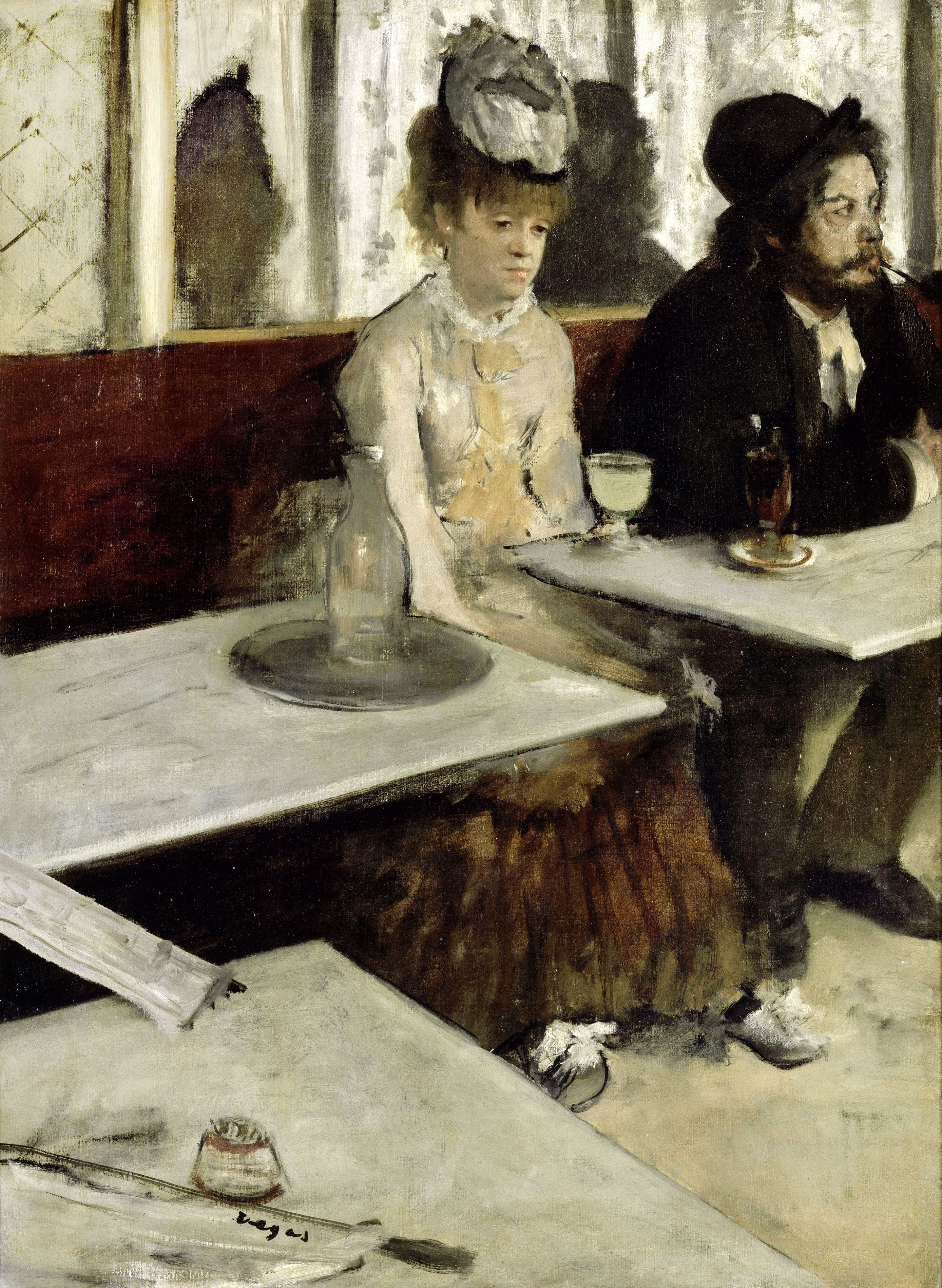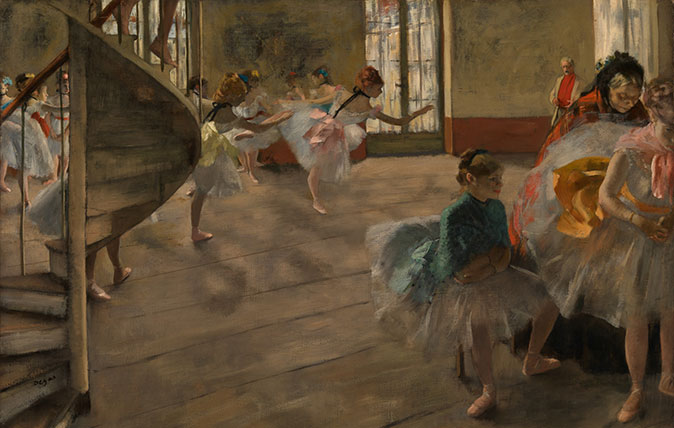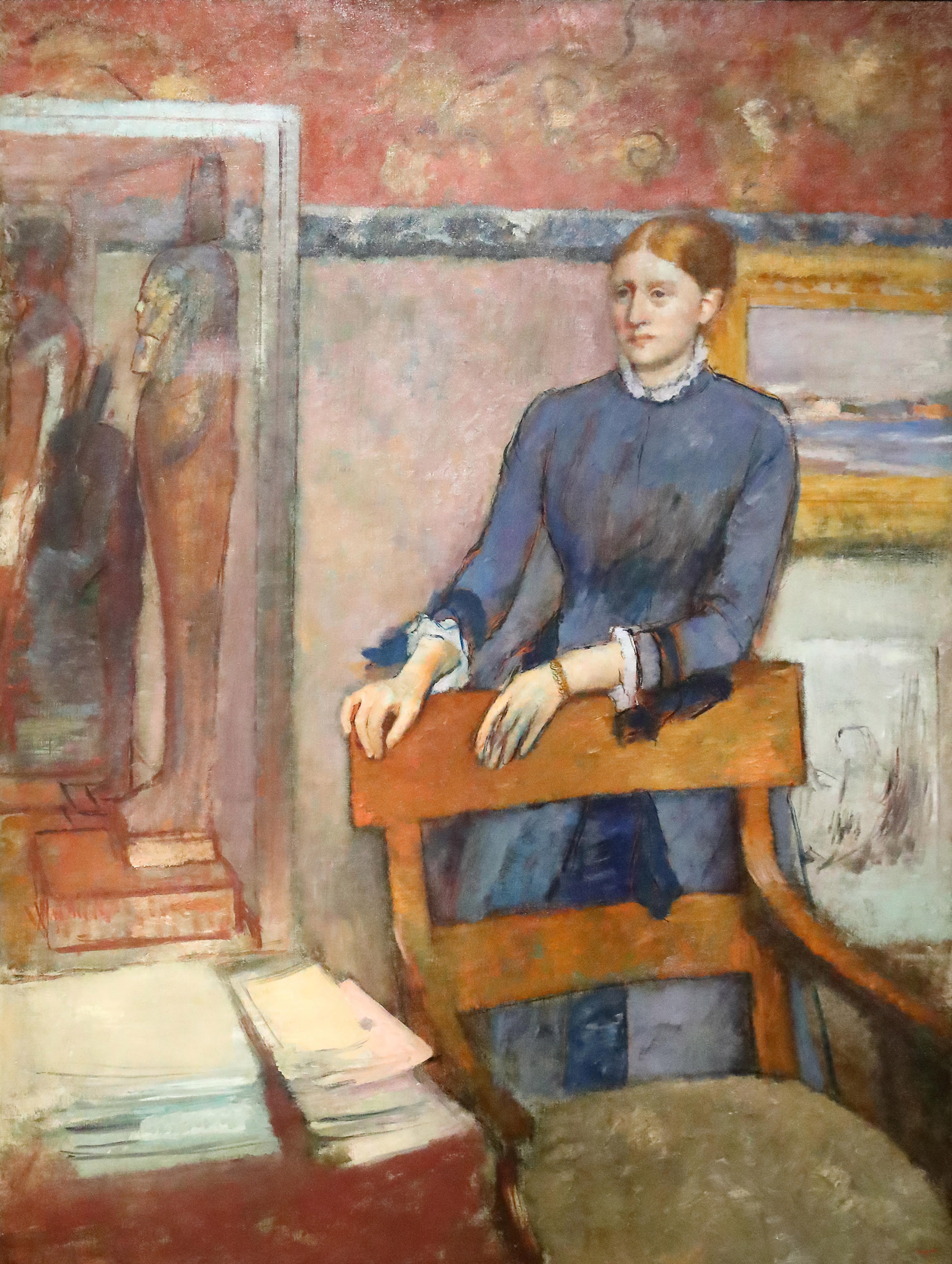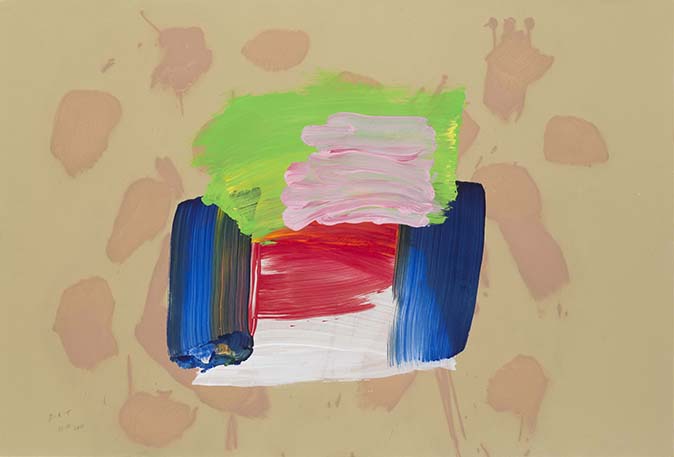My favourite painting: Luke Irwin
'I was intrigued by the desolation of the two figures. What was their relationship?'


Luke Irwin says:
I first saw this when I was 17 and living in Paris. I was so struck by the sense of place and time. More than that, I was intrigued by the desolation of the two figures. What was their relationship? Obviously, it was one of great familiarity to encapsulate such ennui.
But is it ennui or simply stunned shock? Are they a brother and sister who have just had bad news? Husband and wife? Or simply two people in a drunken bond? The composition and use of brushstroke is very suggestive of the drunken state, the fractured nature of a hangover, the pause for thought before the first drink of the day.
I love her shoelaces and his truncated pipe – such simplicity conjures up their shabby existence. I love the fact that he’s looking at something more interesting than what is in front of or beside him. To my impressionable eyes, this contrived snapshot of a previous era was beguiling and romantic in a way that only a 17 year old can view doom and desolation .
Luke Irwin is an award-winning rug designer
John McEwen comments on L’Absinthe:
Degas was born Hilaire-Germain-Edgar De Gas. In French, the pronunciation remains ‘D’ga’ (as in De Gas), but, because of this elision, in English, we invariably say ‘Daygar’. His father was a Parisian banker, his mother a Creole from New Orleans. She died when he was 13, a loss that may have accounted for his fascination with women yet failure to find a mate.
On passing the Baccalaureat, he registered as a copyist at the Louvre, but his father, a notably cultured man, insisted he study law. His heart wasn’t in it and, following a meeting with Ingres, his favourite living artist, he opted for the Ecole des Beaux Arts. Ingres told him: ‘Draw lines, young man, and still more lines, both from life and memory, and you will become a good artist.’
Exquisite houses, the beauty of Nature, and how to get the most from your life, straight to your inbox.
Like his hero, he spent a prolonged period in Italy copying the works of the Renaissance masters. This traditionalism set him at odds with his Impressionist contemporaries and their obsession with light and landscape. Although he exhibited in Impressionist exhibitions, he preferred to call his Parisian-inspired subjects ‘Realism’.
One modern craze was drinking absinthe, a potent aniseed-tainted spirit distilled to taste with water. With an alcoholic content as high as 80%, in bohemian circles, it promised inspiration, but was condemned as a plague and eventually widely banned. Degas’s painting, originally called In a Café (still the Musée d’Orsay’s title), caused a scandal in France and later in London.
The models were the actress Ellen Andrée and Marcellin Desboutin, an artist he had met in Italy. Such was the furore, Degas had to state publicly that they were not alcoholics.

Degas: The lively, powerful visionary who toiled and ground his way to genius
A century after his death, Edgar Degas is the subject of two new exhibitions in Britain. Matthew Dennison appraises these

My Favourite Painting: Quentin Blake
Quentin Blake chooses his favourite painting for Country Life.

Credit: Courtesy of the artist’s estate/Alan Cristea Gallery
My favourite painting: Roger Wright
'Its typically powerful brushstrokes and juxtaposed gorgeous colours give a heart warming and evocative sense of fun and nostalgia'
Country Life is unlike any other magazine: the only glossy weekly on the newsstand and the only magazine that has been guest-edited by His Majesty The King not once, but twice. It is a celebration of modern rural life and all its diverse joys and pleasures — that was first published in Queen Victoria's Diamond Jubilee year. Our eclectic mixture of witty and informative content — from the most up-to-date property news and commentary and a coveted glimpse inside some of the UK's best houses and gardens, to gardening, the arts and interior design, written by experts in their field — still cannot be found in print or online, anywhere else.
